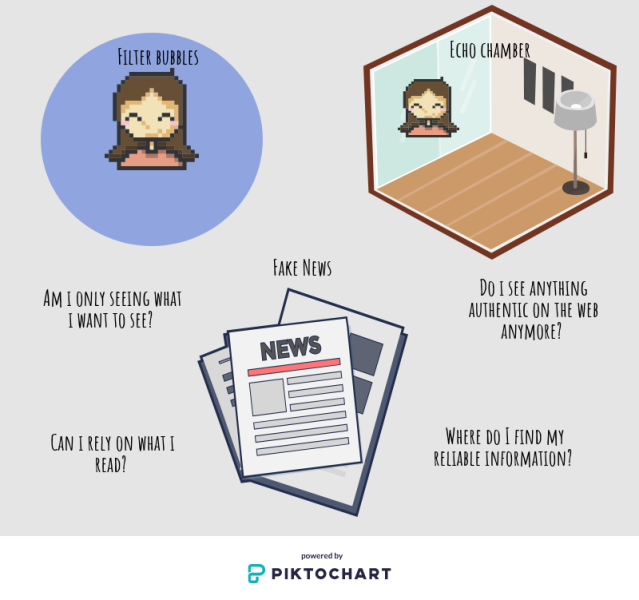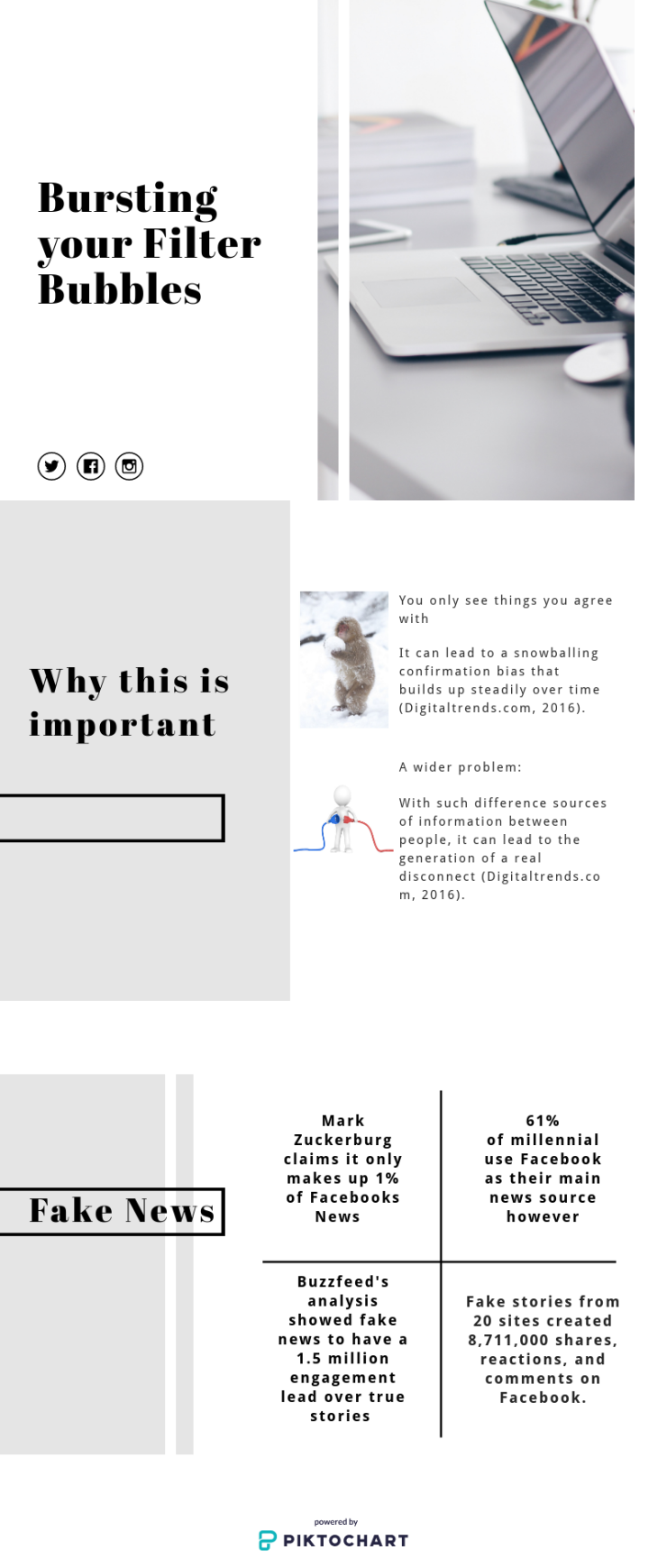
Keeping It Real- Topic 2 Reflection
Created by Chloe Cheung Using Canva
Introduction
I found this week’s topic very engaging, as fake news is an ongoing issue that many online users face. As a result, I commented on three blog posts this week. This furthered my learning, providing a solid understanding on detection, prevention and awareness of fake news.
Media Literacy + Fake News Evaluation
The discussion with Tewsdae made me aware of how information is distributed online.
Continue reading →









